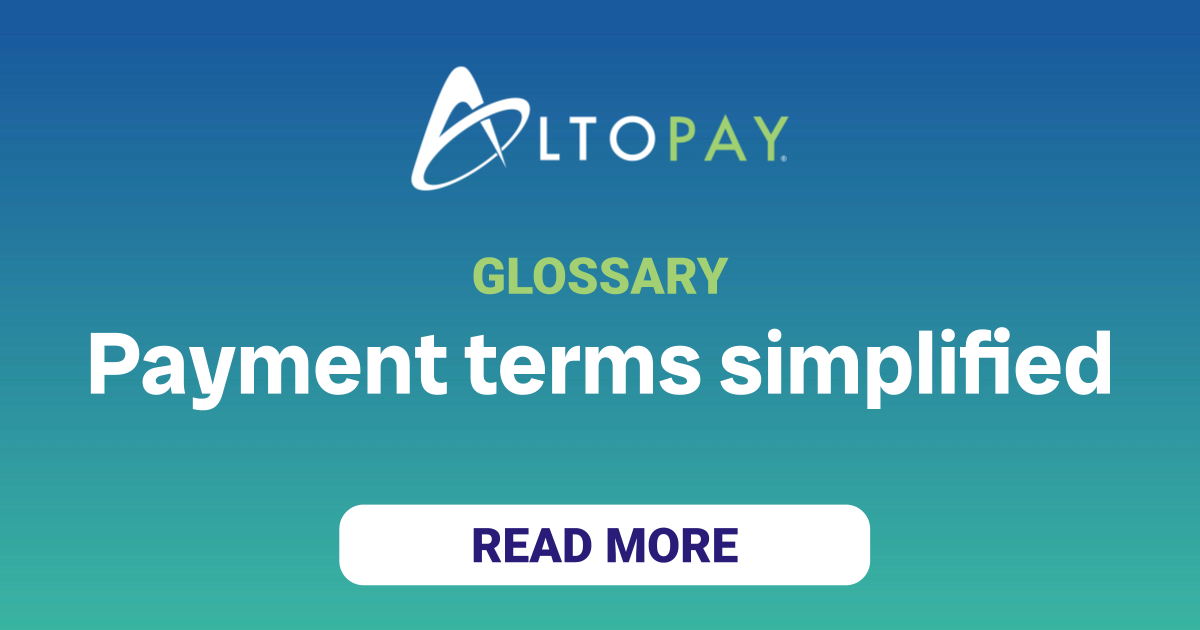Authorization is basically a real-time conversation between a merchant and a cardholder’s issuing bank, asking if a payment card transaction can or cannot be processed.
An authorization request asks the cardholder’s bank three things:
- Is the account in good standing? (The card hasn’t expired, it hasn’t been reported lost or stolen, the PIN was entered correctly, etc.)
- Does the bank account have enough funds or card balance have enough available credit to cover the purchase?
- Are you willing to let the cardholder do business with me?
An authorization response is returned in real time, typically within seconds. If the answer to all questions is yes, the transaction is approved. If the answer to one or more of the questions is no, then the transaction is declined.
Authorization is the first step in the transaction lifecycle. Authorization does not actually move money from the issuer to your merchant account — that happens later during capture and settlement. But collecting funds won’t ever happen if the transaction isn’t first approved.
That means authorization rates have a direct impact on your revenue, so it’s crucial to approve as many good transactions as possible. Of the three influencing factors, only one is within your control: managing your reputation with issuing banks. Fortunately, working with a quality solution provider — like AltoPay — means you can optimise your operations to minimise declines.

For more than a decade, Jessica Velasco has been a thought leader in the payments industry. She aims to provide readers with valuable, easy-to-understand resources.


